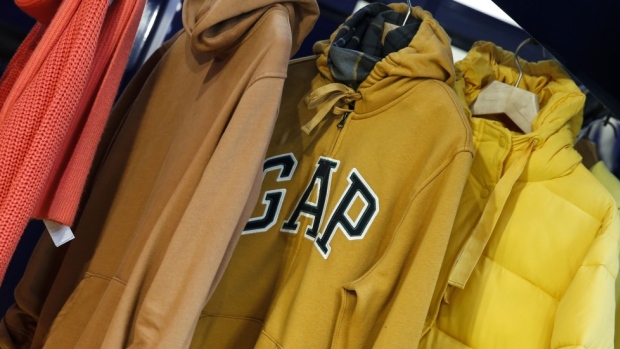Apr 20, 2020
Gap is in talks to issue new bonds to get through COVID-19 crisis
, Bloomberg News

Gap Inc. is in discussions to issue new bonds backed by assets including real estate as one financing option to get it through the coronavirus pandemic, according to people with knowledge of the situation.
The talks with investors and banks would be for bonds backed by inventory and certain properties including distribution centers, the people said, asking not to be identified speaking about a private matter. The interest rate and maturity on the debt is still under discussion, and plans could change based on investor response, they said.
A representative for Gap declined to comment beyond the company’s recent statements that it’s working to ensure liquidity. The San Francisco-based retailer had about US$1.2 billion of long-term debt, not including liabilities from its leases, as of year-end.
Gap had almost 4,000 locations in 42 countries, of which 3,345 were company-operated, according to its latest quarterly results. Its brands include Gap, Banana Republic, Old Navy, Athleta, Intermix, Hill City and children’s clothing chain Janie and Jack. The company’s shares have declined about 56 per cent this year, giving it a market value of US$2.9 billion.
With consumers focused on essential purchases during coronavirus lockdowns, clothing retailers and department stores across the country are moving to shore up liquidity. Macy’s Inc. is exploring ways to use its real estate to secure fresh cash and ride out the pandemic, Bloomberg reported last week, while Nordstrom Inc. and Kohl’s Corp. have already bolstered their financial positions by increasing their borrowings and cutting back on costs.
Neiman Marcus, Macy’s, J.C. Penney Co., Gap, Kohl’s Corp. and L Brands Inc. have furloughed employees as stores remain closed. While retailers continue to pay for health-care benefits, the decrease in salary payments could save more than 50% in selling, general and administrative costs, analysts Poonam Goyal and Abigail Gilmartin of Bloomberg Intelligence said in a note earlier this month.
Online sales
Gap continues to sell through its online business, which generated more than US$4 billion in net sales in fiscal 2019, according to its website. It also announced a series of proactive financial measures to counter expected losses from the closures and strengthen its balance sheet, including the deferral of its April dividend payment. The retailer also drew down completely on its US$500 million revolving credit facility.
The retailer values its non-retail real estate assets at more than US$1.4 billion, and is in talks with its bank lenders about obtaining asset-based loans, Chief Financial Officer Katrina O’Connell said on a conference call earlier this month.
Gap has “maintained a prudent and conservative approach to managing our balance sheet” with “strong free cash flow” and “low levels of funded debt,” O’Connell said on the call. “As you’d expect, we are focused on ensuring sufficient liquidity and are well-positioned given our strong and sustained relationships with our banking partners.”
Gap’s debt was cut two notches to junk territory last month by Moody’s Investors Service. The move came in response to the retailer’s declining cash flow from operations as well as anticipated disruption from the virus. Gap ended the year with US$1.7 billion of cash, cash equivalents and short-term investments, according to its latest results.





